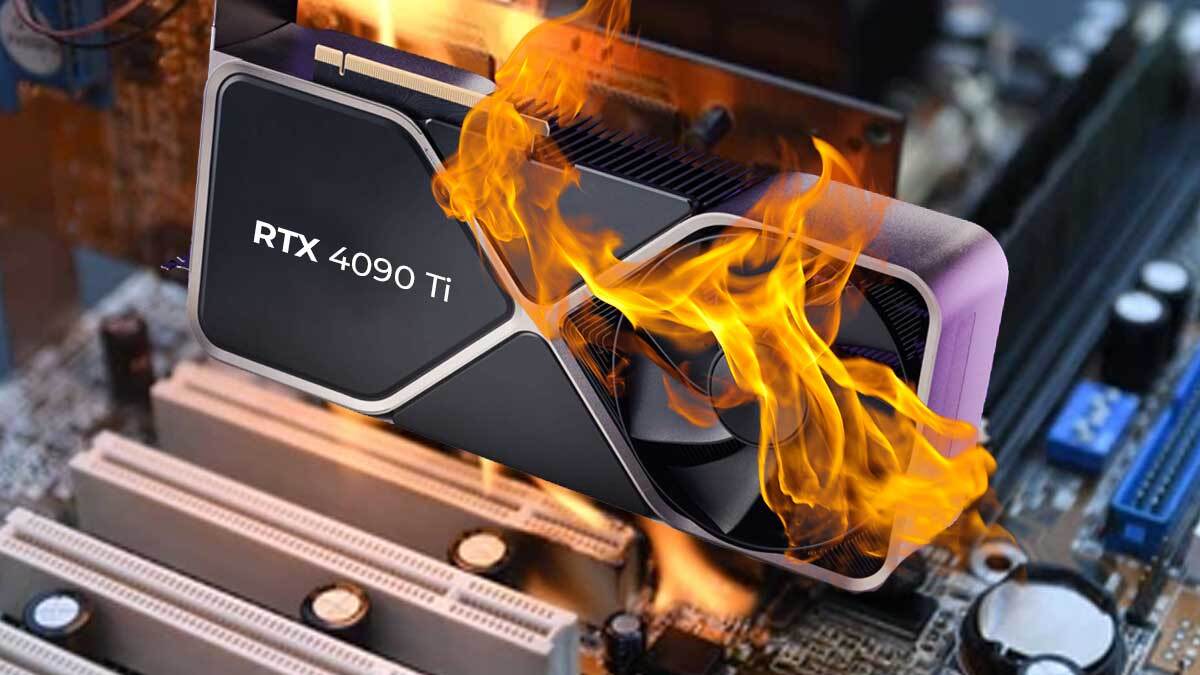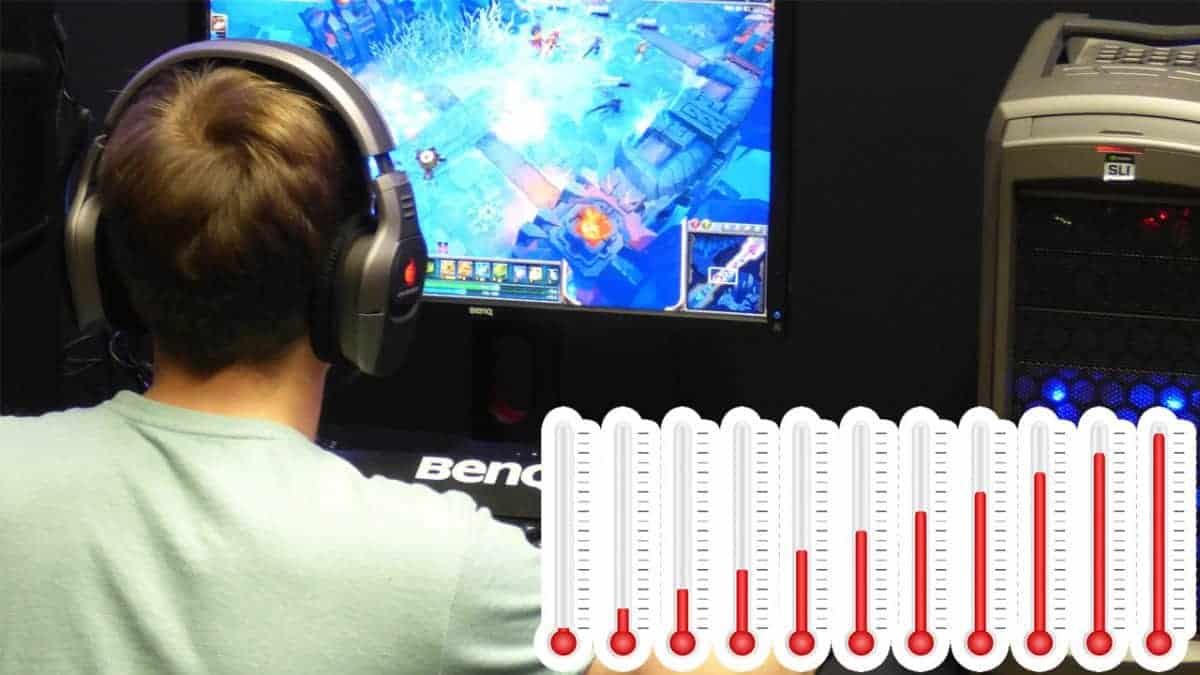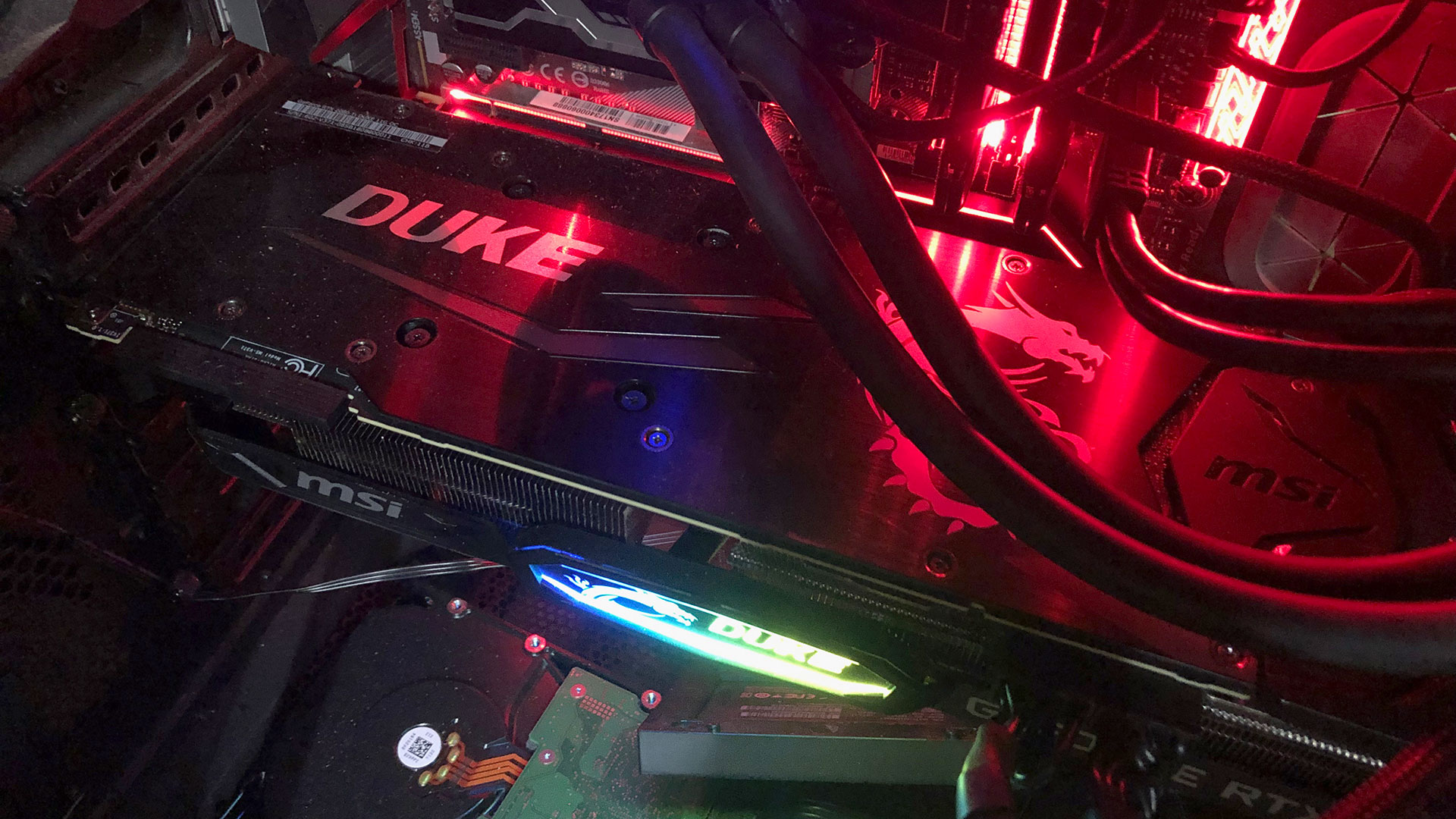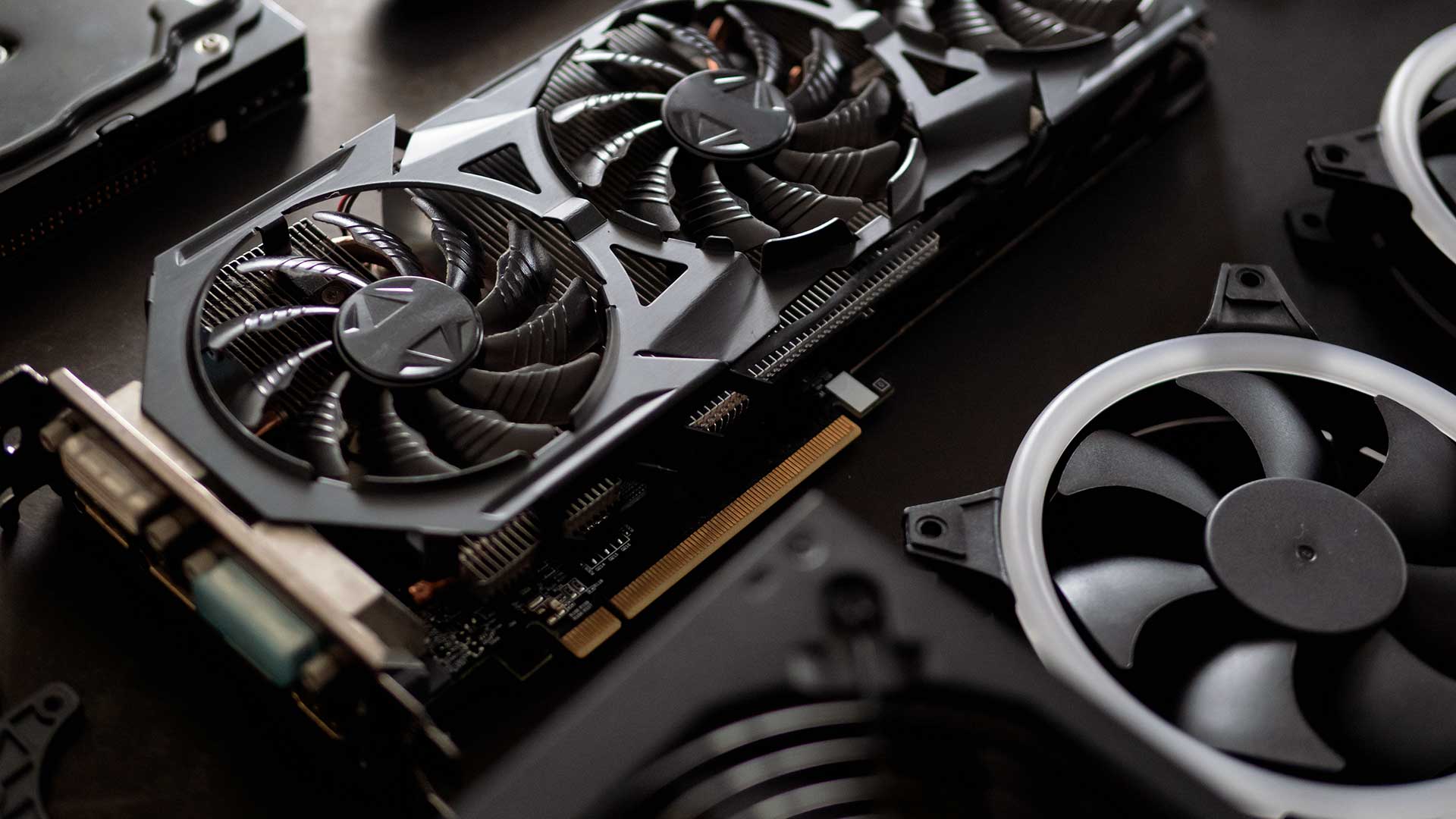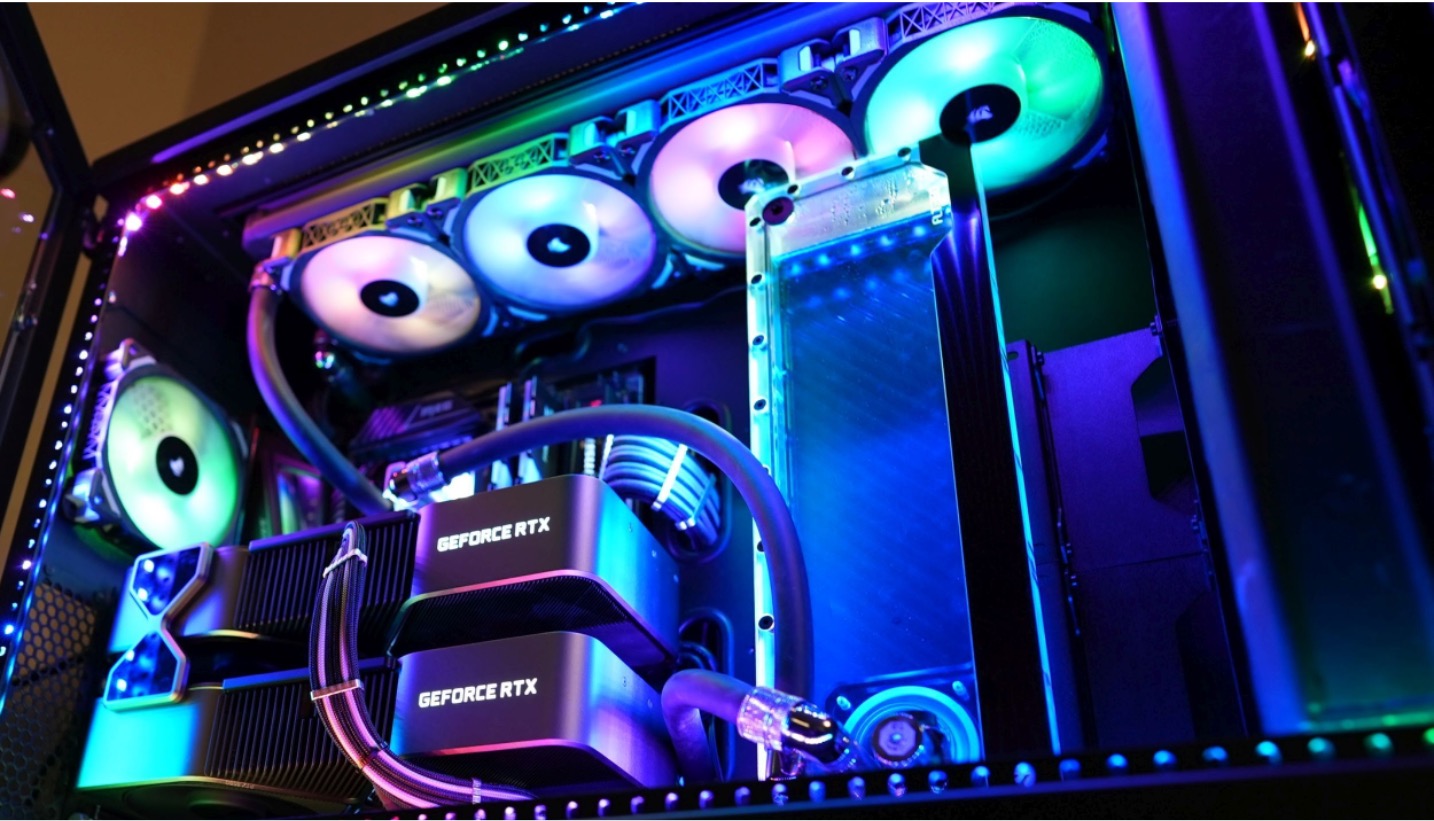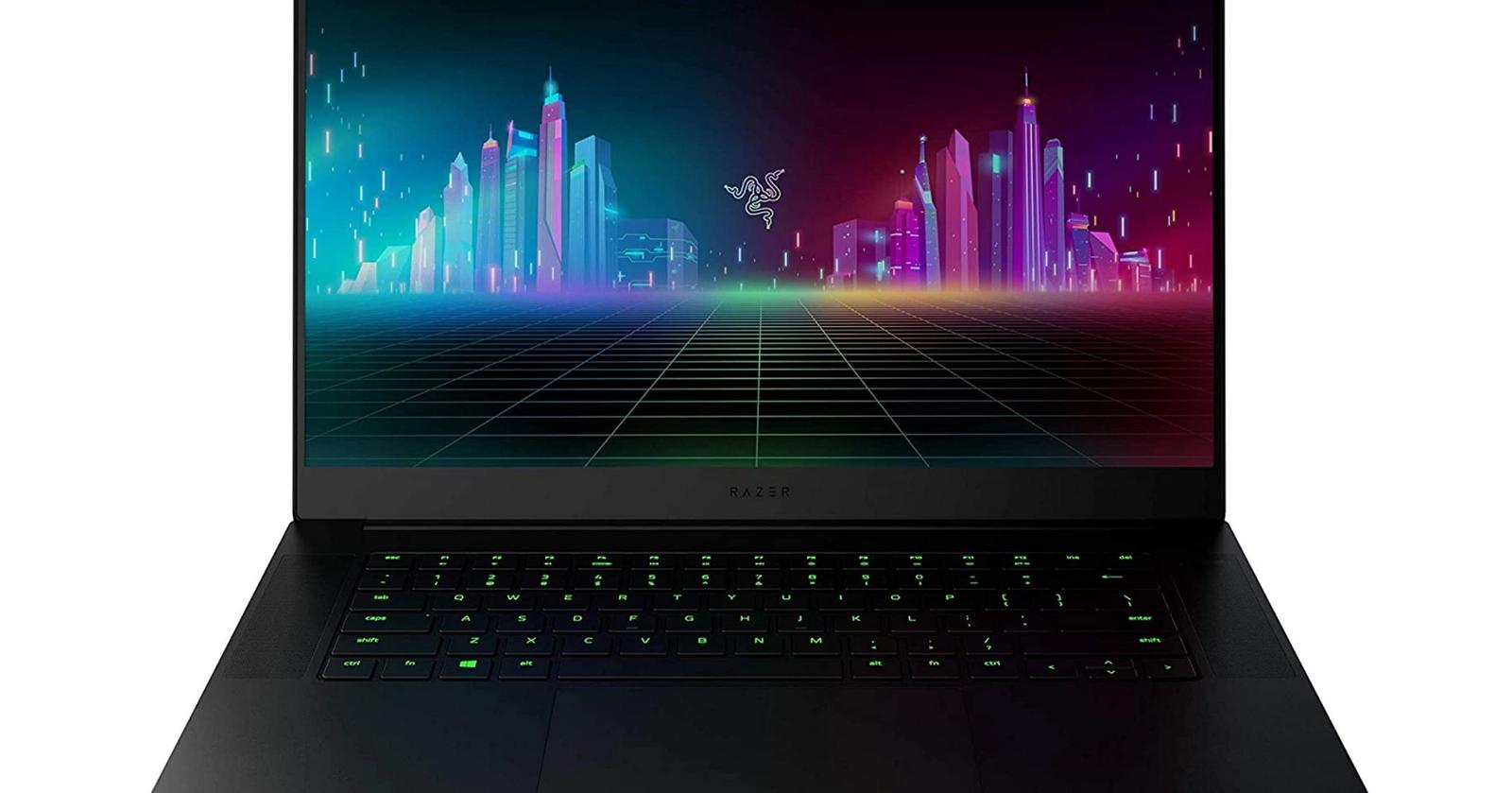Introduction
Gaming on a computer offers an immersive and visually stunning experience. Whether you are battling enemies in a first-person shooter or exploring vast open worlds in a role-playing game, your graphics processing unit (GPU) plays a crucial role in delivering high-quality graphics and smooth gameplay.
But have you ever wondered how hot your GPU should get while gaming? GPU temperature is an important factor to consider for every gamer, as it directly affects the performance and lifespan of your graphics card. Understanding the optimal temperature range for your GPU and taking steps to keep it cool can help you ensure peak performance and avoid potential hardware failures.
In this article, we will delve into the world of GPU temperature, explaining why it matters and the risks associated with high temperatures. We will also explore the factors that can impact GPU temperature and discuss various methods to monitor and cool your GPU effectively while gaming. So, read on to discover how to keep your GPU running at safe temperatures and make the most out of your gaming experience.
What is GPU temperature?
GPU temperature refers to the measurement of the heat generated by your graphics processing unit (GPU) while it is in use. The GPU is responsible for rendering graphics, calculations, and complex visual effects in real-time, making it one of the most critical components for gaming performance. However, this intensive usage can cause the GPU to generate a significant amount of heat.
The temperature of your GPU is measured in degrees Celsius (°C) or Fahrenheit (°F) and can vary depending on the workload and ambient temperature. GPUs typically have a built-in thermal sensor that monitors the temperature and adjusts the fan speed accordingly to maintain optimal operating conditions.
Monitoring your GPU temperature is essential because excessive heat can have detrimental effects on performance, stability, and even the longevity of your graphics card. It is crucial to understand the acceptable temperature range for your specific GPU model to ensure optimal performance and prevent overheating.
The optimal operating temperature for a GPU may differ depending on the manufacturer and individual graphics card model. Most GPUs have a recommended temperature range provided by the manufacturer, and it is essential to adhere to these guidelines to maintain optimal performance and avoid potential hardware damage.
Excessive heat can lead to thermal throttling, a mechanism where the GPU reduces its clock speed or performance to prevent overheating. This can result in reduced frame rates, choppy gameplay, and overall poor gaming experience. In extreme cases, continuous exposure to high temperatures can cause permanent damage to the GPU, leading to system crashes or even complete failure.
Understanding and closely monitoring your GPU temperature is crucial for every gamer who wants to ensure the longevity and optimal performance of their graphics card. In the next section, we will explore why GPU temperature matters and the potential risks associated with high temperatures.
Why does GPU temperature matter?
GPU temperature is a critical factor to consider when it comes to gaming and the overall health of your graphics card. Here are several reasons why GPU temperature matters:
- Performance: High GPU temperatures can negatively impact performance. As the temperature rises, the GPU may automatically reduce its clock speed or performance through thermal throttling to prevent overheating. This can result in decreased frame rates, stuttering, and overall degraded gaming experience.
- Stability: Excessive heat can cause the GPU to become unstable, leading to system crashes, freezes, and sudden restarts. This can disrupt your gaming sessions and potentially result in data loss if you haven’t saved your progress.
- Hardware Lifespan: Consistently exposing your GPU to high temperatures can shorten its lifespan. Excessive heat can cause the solder joints on the GPU to weaken or crack over time, leading to potential hardware failures. By keeping your GPU within a safe temperature range, you can prolong its longevity and avoid costly replacements.
- Power Consumption: When the GPU operates at higher temperatures, it requires more power to function properly. This can increase power consumption, leading to higher energy bills. By maintaining optimal GPU temperature, you can potentially reduce power usage and save on electricity costs.
- Overheating Protection: GPUs are designed with built-in thermal protection mechanisms to prevent damage from overheating. In extreme cases, if the GPU temperature exceeds the safe threshold, the system may shut down or automatically throttle the performance to prevent permanent damage. This protection ensures the safety of your hardware and prevents catastrophic failures.
Considering these reasons, it becomes evident that monitoring and controlling GPU temperature is crucial for maximizing performance, ensuring system stability, prolonging hardware lifespan, minimizing power consumption, and protecting your investment. In the next section, we will explore the optimal temperature range for GPUs and the risks associated with high temperatures.
Optimal temperature range for GPUs
Every GPU has an optimal temperature range recommended by the manufacturer. While specific temperature thresholds may vary depending on the GPU model, there is a general range that is considered safe for most graphics cards. It is important to note that these temperature ranges are not set in stone and can vary slightly depending on factors such as ambient temperature and system airflow.
Typically, the optimal temperature range for GPUs during gaming falls between 60°C and 85°C (140°F and 185°F). This range ensures that the GPU operates within an acceptable temperature range, allowing for optimum performance and stability.
When the GPU temperature reaches the upper end of the optimal range or exceeds it, the graphics card may start to experience thermal throttling. This can result in reduced performance, lower frame rates, and potentially compromised gameplay experience.
On the other hand, running the GPU at lower temperatures may not necessarily provide any added benefits, as modern GPUs are designed to operate efficiently even at higher temperatures within the permissible range. However, it is essential to keep the temperature well below the maximum limit specified by the manufacturer to avoid any potential damage or hardware failure.
To determine the optimal temperature range for your specific GPU model, it is best to refer to the manufacturer’s guidelines. You can typically find this information in the GPU’s user manual or on the manufacturer’s official website.
Monitoring and keeping your GPU temperature within the optimal range is crucial for maintaining the longevity and performance of your graphics card. In the next section, we will explore the risks associated with high GPU temperatures and why it is essential to address overheating issues.
Risks of high GPU temperatures
Allowing your GPU to operate at consistently high temperatures can pose several risks and potential issues. Here are some of the risks associated with high GPU temperatures:
- Reduced Performance: High GPU temperatures can lead to thermal throttling, where the graphics card automatically reduces its clock speed to prevent overheating. This can result in decreased performance, lower frame rates, and choppy gameplay.
- System Instability: Excessive heat can cause your system to become unstable, leading to crashes, freezes, and restarts. This can interrupt your gaming experience and potentially lead to data loss if you haven’t saved your progress.
- Hardware Damage: Continuous exposure to high temperatures can cause permanent damage to your GPU and other components. Excessive heat can weaken solder joints, leading to hardware failures and the need for costly replacements.
- Increased Power Consumption: When the GPU operates at higher temperatures, it requires more power to function properly. This increased power consumption can result in higher energy bills and additional strain on your power supply.
- Shortened Lifespan: Over time, running your GPU at consistently high temperatures can significantly shorten its lifespan. Prolonged exposure to heat can degrade the internal components, including the GPU chip and VRMs (Voltage Regulator Modules), reducing their efficiency and durability.
- Risk of Overheating: If the GPU temperature exceeds the safe threshold for an extended period, it can pose a risk of overheating. In extreme cases, this can lead to system shutdowns or even permanent damage to the GPU.
It is essential to address high GPU temperatures promptly to mitigate these risks. Proper cooling and regular maintenance can help keep your GPU operating within safe temperature ranges, ensuring optimal performance and longevity. In the next section, we will explore the factors that can affect GPU temperature and how to monitor it effectively.
Factors that affect GPU temperature
Several factors can influence the temperature of your GPU while gaming. Understanding these factors can help you identify potential areas for improvement and take necessary measures to maintain optimal temperatures. Here are some key factors that affect GPU temperature:
- Ambient Temperature: The ambient temperature in the room where you are gaming can directly impact the GPU temperature. Higher ambient temperatures result in reduced heat dissipation, making it more challenging for your GPU to stay cool. It’s crucial to ensure proper ventilation and consider cooling options if you frequently game in a warm environment.
- Case Design and Airflow: The design and airflow of your computer case play a vital role in keeping your GPU cool. A well-designed case with proper ventilation, strategically placed fans, and cable management can help promote efficient airflow, allowing heat to dissipate effectively. On the other hand, poor airflow can lead to heat buildup, resulting in higher GPU temperatures.
- Dust and Dirt Accumulation: Over time, dust and dirt can accumulate on your GPU’s cooling system, hindering the airflow and causing the temperature to rise. Regular cleaning and maintenance, including removing dust from fans and heatsinks, can help maintain optimal cooling performance and prevent overheating.
- GPU Load: The workload on your GPU directly affects its temperature. More demanding games and graphics-intensive tasks put a higher load on the GPU, resulting in increased heat generation. Monitoring the GPU workload and adjusting game settings if necessary can help manage temperatures and maintain optimal performance.
- Overclocking: Overclocking your GPU involves running it at higher speeds than its stock configuration. While this can boost performance, it also increases heat output. Overclocked GPUs require additional cooling measures to prevent overheating, such as using more powerful fans or a liquid cooling solution.
- Quality of Cooling Solution: The quality and effectiveness of your GPU’s cooling solution can significantly impact its temperature. Higher-end graphics cards often come with sophisticated cooling systems, such as multiple fans, larger heatsinks, and heat pipes, which help dissipate heat efficiently. Investing in a well-designed aftermarket cooling solution can also improve temperature management.
Understanding these factors is crucial for effectively managing GPU temperature. By optimizing airflow, maintaining cleanliness, managing GPU workload, and considering additional cooling solutions, you can keep your GPU operating within safe temperature ranges while ensuring optimal performance and longevity. In the next section, we will explore various methods to monitor and keep track of GPU temperature.
How to monitor GPU temperature
Monitoring your GPU temperature is essential to ensure that it stays within the safe operating range. By keeping a close eye on the temperature, you can take immediate action if it starts to rise excessively. Here are various methods to monitor GPU temperature:
- GPU Monitoring Software: Many software applications provide real-time monitoring of GPU temperature. Popular options include MSI Afterburner, EVGA Precision X1, and HWMonitor. These tools display temperature readings as well as other relevant GPU information, such as fan speeds and clock speeds.
- Task Manager: Windows Task Manager can also provide a basic overview of GPU temperature. To access it, press
Ctrl + Shift + Escto open Task Manager, then navigate to the “Performance” tab and click on “GPU” on the left side. Here, you can view GPU utilization and temperature. - GPU Manufacturer Software: GPU manufacturers often provide their own monitoring software. Programs like NVIDIA GeForce Experience and AMD Radeon Software come with built-in temperature monitoring capabilities. These applications can provide detailed temperature information specifically tailored to your GPU model.
- Third-Party System Monitoring Software: Comprehensive system monitoring software, such as HWiNFO and AIDA64, can also provide GPU temperature readings along with other system information. These programs offer in-depth monitoring and allow you to customize the monitoring layout according to your preference.
- On-Screen Display (OSD) Software: OSD software, such as Rivatuner Statistics Server, can display GPU temperature and other statistics in-game. This allows you to monitor temperature while playing without needing to switch between applications.
- Hardware Monitor: Some modern GPUs have built-in temperature sensors that are accessible through the motherboard’s BIOS or UEFI settings. You can check your motherboard’s manual for instructions on how to access and view GPU temperature readings from the BIOS.
It’s important to choose a monitoring method that suits your preferences and offers accurate temperature readings. Remember to monitor your GPU temperature consistently, especially during intense gaming sessions, to identify any abnormal temperature spikes and take appropriate measures to address them. In the next section, we will explore various cooling solutions that can help keep your GPU temperatures in check.
Cooling solutions for GPUs
Effective cooling is essential for maintaining optimal GPU temperatures, especially during demanding gaming sessions. Here are some common cooling solutions you can consider to keep your GPU cool:
- Fans: Most graphics cards come with built-in fans that help dissipate heat. These fans draw cool air from your computer case and blow it over the GPU’s heatsink, expelling hot air outside. Ensuring proper airflow in your computer case, with well-placed and functioning fans, can significantly improve GPU cooling.
- Aftermarket GPU Coolers: If you are experiencing high GPU temperatures, you might consider upgrading to an aftermarket cooler. These coolers typically feature larger heatsinks and more robust fans, improving heat dissipation and lowering temperatures. However, it’s important to ensure compatibility with your specific GPU model.
- Water Cooling: Water cooling solutions provide efficient and effective cooling by circulating coolant through a water block connected to the GPU. This dissipates heat more effectively than air cooling. Water cooling setups require additional components, such as a radiator, pump, and tubing, but they can provide excellent cooling performance with lower noise levels.
- Fan Curve Optimization: Many GPU monitoring software applications allow you to customize the fan speed curve. By adjusting the fan curve, you can ensure that the GPU fans spin faster at higher temperatures, providing increased cooling during demanding gaming sessions.
- Cable Management: Proper cable management inside your computer case can improve airflow and reduce heat buildup. By organizing cables and keeping them away from the GPU and other components, you can allow cool air to flow more freely, improving overall cooling performance.
- Case Cooling: Ensuring adequate case cooling is crucial for maintaining optimum GPU temperatures. Consider installing additional case fans or upgrading to more powerful fans for improved overall airflow. Also, make sure that vents and air intakes are not obstructed by dust or other obstructions.
It’s important to choose a cooling solution that fits your needs, budget, and system configuration. Each solution has its own advantages and considerations, so research and compare different options to determine the best cooling solution for your GPU. Also, remember to follow proper installation guidelines and consider seeking professional help if needed.
By implementing suitable cooling solutions, you can effectively lower GPU temperatures, enhance performance stability, prolong hardware lifespan, and ensure an enjoyable and uninterrupted gaming experience.
In the next section, we will provide some valuable tips to help you keep your GPU cool while gaming.
Tips to keep your GPU cool while gaming
To maintain optimal GPU temperatures and ensure smooth gaming performance, consider implementing the following tips:
- Ensure proper ventilation: Make sure your computer case has adequate ventilation. Clear any obstructions around vents and air intakes, and consider using additional case fans to improve airflow.
- Clean your GPU and computer case: Regularly clean your GPU and computer case to remove dust and dirt that can hinder airflow. Use compressed air or an anti-static brush to clean fans, heatsinks, and other components.
- Optimize in-game graphics settings: Adjusting in-game graphics settings can reduce the GPU workload, resulting in lower temperatures. Find the right balance between visual quality and performance to avoid unnecessary strain on your GPU.
- Manage ambient temperature: Keep your gaming environment cool by ensuring proper air conditioning or using a fan to circulate air. Higher ambient temperatures can raise GPU temperatures, so optimizing the environment can help prevent excessive heat buildup.
- Avoid overclocking: While overclocking can provide performance gains, it increases heat output. Consider running the GPU at its default clock speeds to avoid unnecessary heat generation.
- Monitor and adjust fan speeds: Use GPU monitoring software to monitor temperature readings and adjust fan speeds if needed. A more aggressive fan curve can help keep your GPU cool during intense gaming sessions.
- Consider aftermarket cooling solutions: Upgrading to an aftermarket GPU cooler or water cooling solution can significantly improve cooling performance. These solutions offer larger heatsinks, more robust fans, and enhanced heat dissipation compared to stock cooling systems.
- Manage cable clutter: Proper cable management inside your computer case can improve airflow and prevent heat buildup. Organize cables and keep them away from GPU and other components to allow for better airflow.
- Monitor and maintain proper GPU temperatures: Regularly monitor your GPU temperatures to spot any abnormalities. If temperatures consistently reach or exceed the recommended limits, take immediate action to reduce heat, such as adjusting cooling solutions or optimizing airflow.
Implementing these tips can help you keep your GPU temperatures in check and maintain optimal gaming performance. Remember that every system is unique, so it may take some trial and error to find the optimal balance between cooling methods and performance for your specific setup.
By prioritizing GPU temperature management, you can ensure a long and reliable lifespan for your graphics card while enjoying smooth and uninterrupted gaming sessions.
Conclusion
Monitoring and maintaining the temperature of your GPU while gaming is crucial for optimal performance, stability, and longevity. Understanding the optimal temperature range for your GPU model and implementing effective cooling solutions are essential steps towards achieving this goal.
In this article, we explored what GPU temperature is and why it matters. We discussed the risks associated with high GPU temperatures, including reduced performance, system instability, hardware damage, increased power consumption, and a shortened lifespan.
We also delved into the factors that can affect GPU temperature, such as ambient temperature, case design, dust accumulation, GPU workload, overclocking, and the quality of cooling solutions. Understanding these factors allows you to identify areas for improvement and take appropriate measures to manage GPU temperature effectively.
We provided various methods to monitor GPU temperature, including GPU monitoring software, task manager, GPU manufacturer software, third-party system monitoring software, and hardware monitoring through BIOS or UEFI settings. Monitoring GPU temperature enables you to stay proactive and take necessary action if temperatures start to rise excessively.
We discussed different cooling solutions for GPUs, such as fans, aftermarket GPU coolers, water cooling, fan curve optimization, cable management, and adequate case cooling. Implementing these cooling solutions helps dissipate heat, maintain optimal temperatures, and prevent performance degradation or hardware failures.
Lastly, we provided tips to keep your GPU cool while gaming, including ensuring proper ventilation, regular cleaning, optimizing in-game graphics settings, managing ambient temperature, avoiding overclocking, adjusting fan speeds, considering aftermarket cooling solutions, managing cable clutter, and monitoring and maintaining proper GPU temperatures.
By following these tips and implementing appropriate cooling solutions, you can safeguard your GPU, enhance gaming performance, and prolong its lifespan. Remember, each system is unique, so adapt these recommendations to suit your specific setup and preferences.
Ultimately, by prioritizing GPU temperature management, you can enjoy immersive gaming experiences without compromising performance or risking hardware damage.







